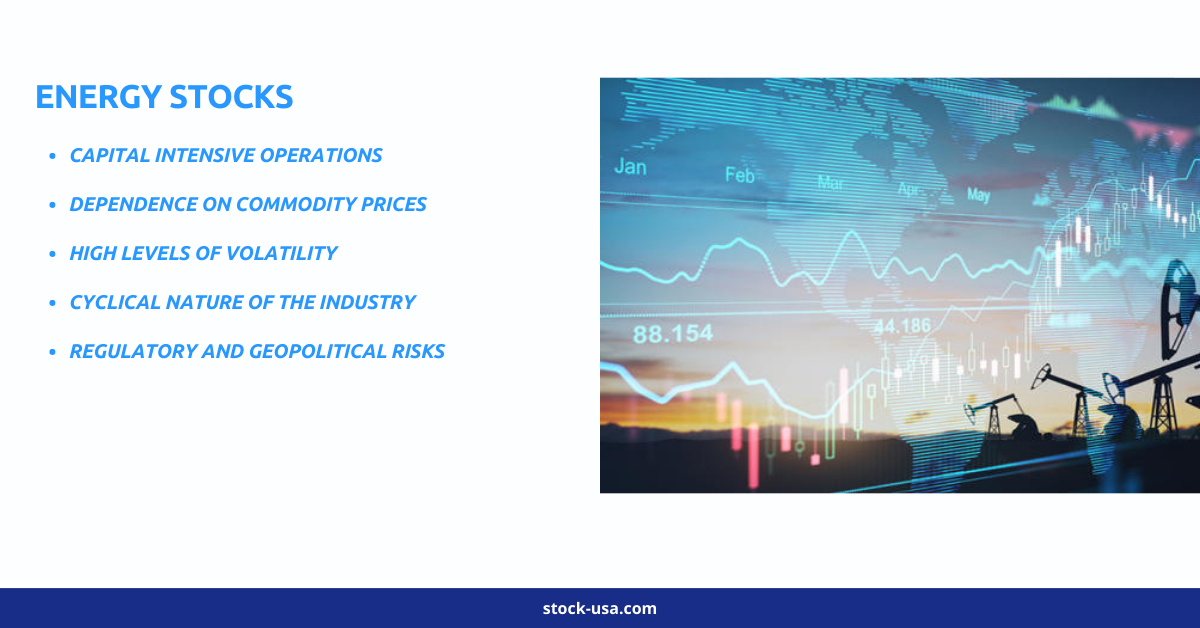
What is the Energy Sector and how can it be improved?
The energy industry is a class of stocks that relates to the production or supply of energy. This industry or sector includes companies that work in the exploration and production of oil or natural gas reserves, drilling oil and gas wells, and refining. The energy sector includes integrated power utility businesses such as renewable and coal.
Understanding the Energy Sector
The energy sector can be described as a large and comprehensive term that covers a complex network of interrelated companies that are directly and indirectly involved or involved in the production, distribution and storage of energy to fuel the economy and enable transportation and production.
Diverse types of energy are the main activities of companies in this sector. The main way that energy companies are classified is by how the energy they produce was sourced.
Non-renewable
Products and oils made of petroleum
Natural gas
Gasoline
Diesel fuel
Heating oil
Nuclear
Coal
Renewable
Hydropower
Biofuels like ethanol
Wind power
Solar power
Hydroelectric
Secondary sources such as electricity are also included within the energy industry. The supply and demand for global energy drive energy prices , as well earnings performance of producers .
Oil and oil producers typically perform well in times of high oil prices. Energy companies can earn less when the prices of energy commodities fall. On the other hand, oil refiners can benefit from falling feedstock costs to produce petroleum products, such as gasoline, when crude oil prices drop. The energy industry can be sensitive to political events. This has historically resulted in volatility or wild fluctuations in crude oil prices.
Exxon Mobil XOM (CVX) and Chevron XXM (CVX), which are both large international integrated oil corporations, are two examples of some of the largest American companies in the energy sector. Peabody Energy was America’s largest coal producer, measured in tonnes of output, in 2020.
Types and types of energy-sector businesses
Below are some of those companies in the industry. Each of these companies has a role to play in bringing electricity to consumers and businesses.
Oil and gas production and drilling
These are the companies that produce natural and synthetic gas. Producing oil usually means taking it out of the ground.
Refinery and pipeline
Oil and natural gaz must be transported from the site of production to a refinery for further processing into final products such as gasoline. Midstream providers are companies in this part of the energy sector.
Mining companies
Coal companies might be classified as “energy companies” since they use coal to power plants, such as nuclear.
Renewable energy
Clean energy is gaining popularity and investing dollars over the years. This sector will continue to grow. Examples of renewable energy are solar and wind.
Chemicals
Some companies specialize on refining petroleum and natural gas into specialty chemicals. However, Exxon Mobil and larger oil producers are integrated oil producers which means that they produce multiple types, as well as control the entire process.
Example of Energy-Sector Investments
The energy industry has many options for investors, including mutual funds, ETFs, equities from energy companies and ETFs. They also have the ability to purchase commodities.
ETFs, which are exchange-traded funds, are a portfolio of investments, such stocks, that tracks an underlying index. Mutual funds, on other hand, are a group of investments or stocks selected and managed in part by a portfolio manger.
There are many ETFs that offer exposure to the energy market for retail investors. Investors have the freedom to select which value stream they want from any number fund. Below are some examples.
The Energy Select Sector SPDR ETF ETF (XLE), which is broad-based, provides exposure to oil companies from the sector. Exxon Mobil Oil and Chevron are included in the XLE. Technology suppliers like Schlumberger (SLB) also make up the XLE.
The SPDR S&P Oil & Gas Exploration & Production ETF XOP gives investors exposure for oil and gaz exploration companies.
The Invesco Renewable Energy ETF (TAN), gives investors access and control over alternative energy investments.
How investors decide whether to invest or not in the energy sector will depend on what they like and how they feel about the growth and earnings potential of the companies. The energy industry is more diversified and diverse than only the oil-and-gas industry. Many investors believe that renewable or alternative energy sources will play an integral role in the future, as electric cars continue their growth.
What is the Energy Sector responsible for?
The energy sector plays a vital role in the economy. Not only do they power homes, transportation, and factories but many of the products we use every day also depend on energy sources.
What are the Main Energy Sectors
Global Industry Classification Standard – GICS breaks down energy into two distinct industries: “energy services and equipment” and “oil, gasoline and other consumable oils.”
Exploration for oil and gas
Oil and gas equipment and services
Integrated oil/gas
Exploration & production of oil & gas
Marketing and oil and gaz refining
Storage and transport of oil and other gas
Consumable fuels as well as coal
What is the Difference between the Energy Sector & the Utility Sectors?
The companies involved in energy production, refining and extraction are the mainstays of this sector. Utility companies are focused on providing electricity, water, and other utilities to their customers. Both these sectors provide electricity to customers in some capacity. Their roles are not the same. They provide the energy for utility companies to sell to the general public.
The bottom line
The energy industry is large. It includes various energy sources, such as natural gas or electricity, as well the phases involved in getting energy to market. This includes extraction, transportation, marketing, and distribution.
This means that the prospects of companies belonging to the energy segment can be quite varied. The only thing they have in common is their involvement in bringing a particular form of energy on the market.












